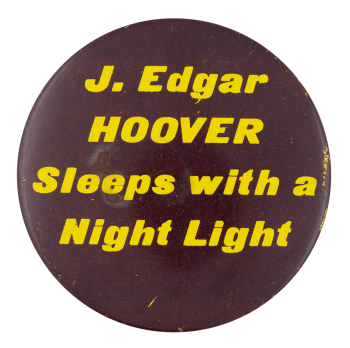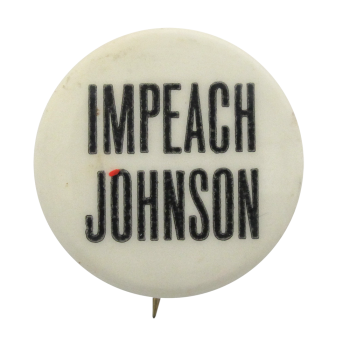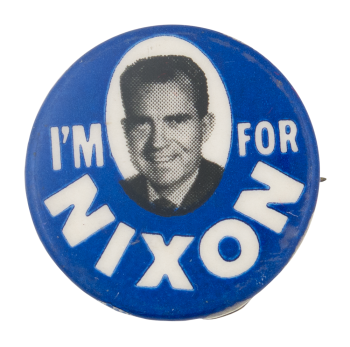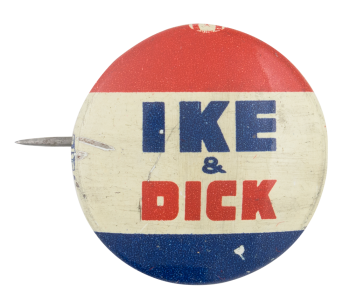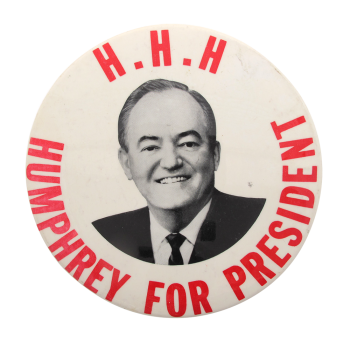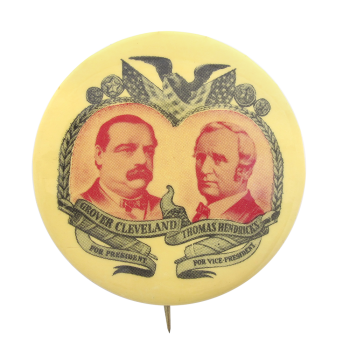J Edgar Hoover Sleeps
| Category | |
|---|---|
| Additional Images | |
| Sub Categories | |
| Text on Button | J. Edgar HOOVER Sleeps with a Night Light |
| Image Description | Yellow text over maroon background. |
| Curl Text | JAPAN |
| Back Style | |
| The Shape | |
| The Size | |
| Year / Decade Made | |
| Additional Information | John Edgar Hoover was the first Director of the Federal Bureau of Investigation (FBI) of the United States. Appointed director of the Bureau of Investigation—predecessor to the FBI—in 1924, he was instrumental in founding the FBI in 1935, where he remained director until his death in 1972 at age 77. Late in life and after his death Hoover became a controversial figure, as evidence of his secretive actions became known. His critics have accused him of exceeding the jurisdiction of the FBI. He used the FBI to harass political dissenters and activists, to amass secret files on political leaders, and to collect evidence using illegal methods. Hoover consequently held a great deal of power and was in a position to intimidate and threaten sitting Presidents. |
| Catalog ID | PO0166 |

